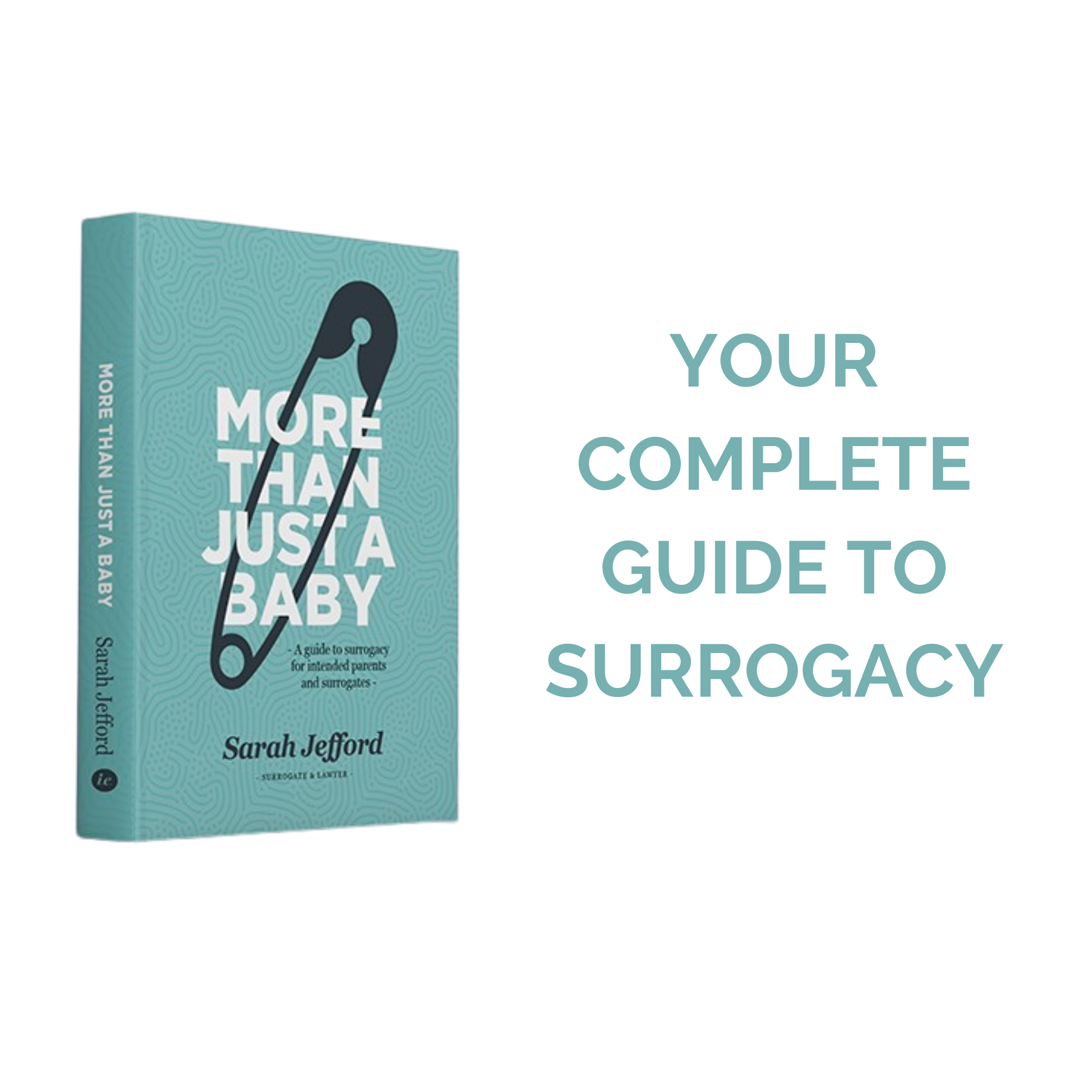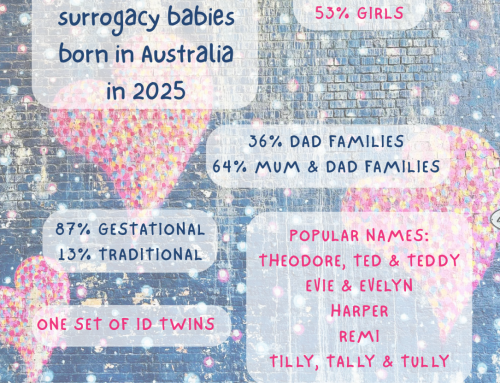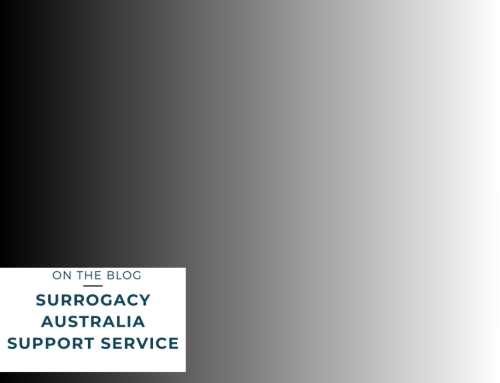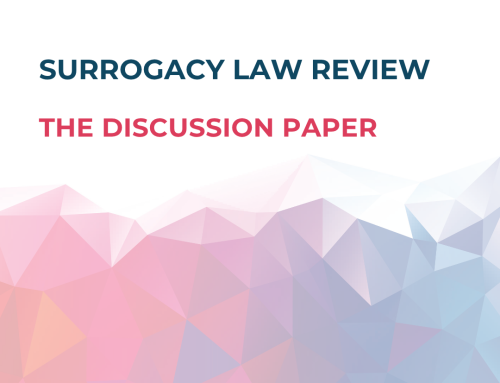Milk and Feeding Surrogacy Babies
Most new parents have to grapple with learning how to feed their newborn and making the right decisions for the family. When you add in surrogacy, it can take on a whole other level of complexity. Be reassured, there is no wrong or right answer – formula or breastmilk, a combination of the two, or induced lactation – the answer is ‘fed is best’ and what is right for you and your team and family may not be right for everyone.
If you are new to surrogacy as an intended parent, you might like to start with this post. If you are a potential future surrogate, this post provides some information.
I’ve written a book, More Than Just a Baby: A Guide to Surrogacy for Intended Parents and Surrogates, the only guide to surrogacy in Australia.
You may hear commentary that the surrogate shouldn’t breastfeed the surro-bub, for all sorts of made-up reasons about her bonding too much with the baby. I’ve never heard that commentary from surrogates who have actually experienced breastfeeding the baby. In my personal experience, and that of surrogates I’ve spoken to, breastfeeding the baby can be amazing and lovely and feel very natural – without threatening the bond between the intended parents and the baby or the wellbeing of the surrogate.
If you are an intended parent who feels strongly about the surrogate not feeding the baby, that’s normal, but you might like to explore those feelings with a counsellor.
Some options for milk and feeding surrogacy baby might include:
- The surrogate expresses colostrum leading up to the birth so that there is a stock of milk ready for when the baby is born. Some surrogates have managed to express enough colostrum to satisfy a hungry newborn for the first 24+ hours.
. - The surrogate might continue to express breastmilk for the intended parents to feed the baby for several weeks or months after the birth. Some surrogates find expressing difficult and stop, whilst others continue for several months and have a large supply. The decision to express might also be impacted by whether the intended parents live nearby or if the milk needs to travel to them.
. - The surrogate might direct breastfeed in the hours or days after the birth. For some surrogates, this is the easiest way to get colostrum to the baby, and is also a lovely way to connect with the baby after the birth. Direct feeding and/or skin to skin between surrogate and baby is an important part of the fourth stage of labour, when the body recognises that the birth is finished and the baby has arrived and is safe.
. - Many surrogates will not express colostrum or breastmilk, in which case the baby usually goes straight on formula from the birth. The intended parents may consider sourcing donated breastmilk from Human Milk 4 Human Babies and other sources.
. - Intended mothers might consider inducing lactation so they can breastfeed the baby themselves. Induced lactation is a long process and requires assistance from medication and a supportive GP. Phillipa and Hillary (on the Podcast) both induced lactation during their surrogacy journeys and many other intended mothers do successfully breastfeed. It is worth researching further if you are interested.
The decision about milk and feeding surrogacy baby should be made as a team, with open minds and having considered the options. There are many reasons why a surrogate might provide milk for the baby if she wants to, which benefit her and the baby. Likewise, there are many reasons why some surrogates would prefer not to feed or provide milk for the baby.
Rest assured, a surrogate who breastfeeds and has skin-to-skin contact with the baby will not become ‘too attached’ to baby, and this will not affect her ability to hand the baby over. My experience of breastfeeding surro-baby felt as natural as handing her over to her fathers, and felt like a lovely long goodbye between her and I. Breastfeeding in the early days is good for baby, and good for the birth mother – it helps her uterus contract and also allows her body to adjust to no longer being pregnant. My advice about breastmilk and feeding is to be flexible. We were still adjusting our plan in the days leading up to and after the birth, and I always knew I could change my mind if ever I felt it was too much.
Don’t forget to discuss your feeding options and decisions with your hospital when planning the surrogacy birth, and reading other articles about surrogacy birth and beyond. I can also assist with navigating and negotiating with the hospital for the surrogacy pregnancy and birth care.
You can download the Surrogacy Handbook for more information about surrogacy in Australia, and get read to apply for a Parentage Order when baby arrives.








